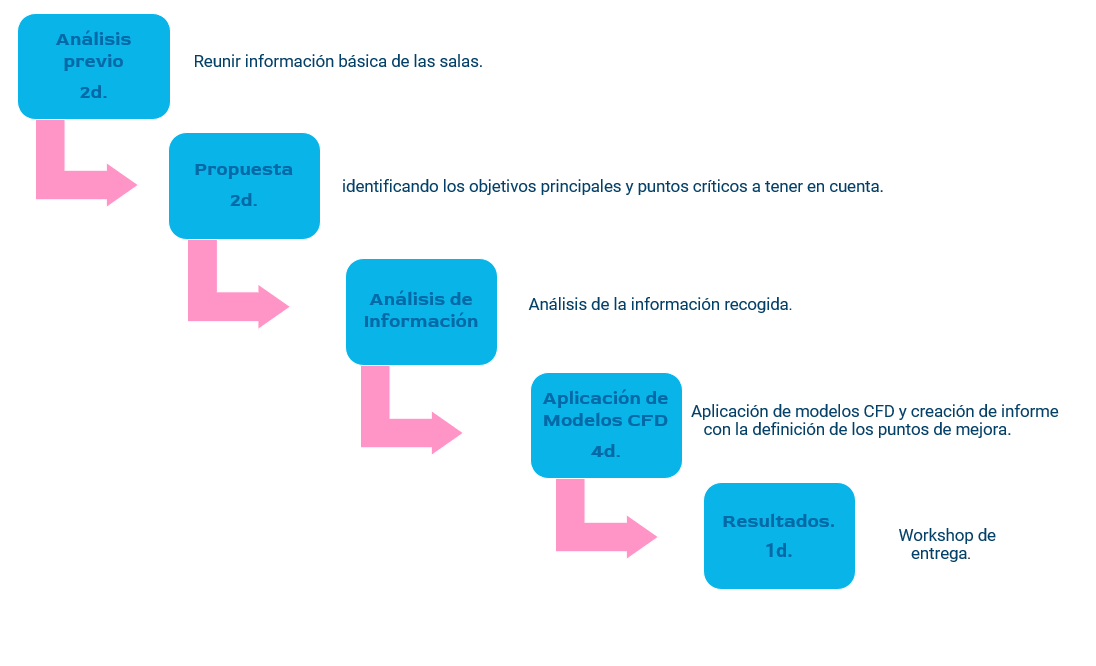When we enter any data center, one of the things that may catch our attention is the room temperature, especially when comparing it to the outdoor temperature.
The sensation we experience can range from very pleasant to quite unpleasant, right?
Well, aside from the sensation provided by the room's temperature and humidity, what really matters is its energy cost, efficiency, and environmental impact (carbon footprint).
In this regard, we find that not all data centers consider these three parameters. For various reasons, the temperature and humidity in different parts of the rooms are not suitable for improving these values.
Sometimes, the individuals responsible for these centers tell us that, even though they acknowledge it's an important aspect of their infrastructure, it's not critical for them right now. They mention that addressing it would require too much time they currently don't have.
In other cases, they consider that the implementation cost might be high and don't plan on making any changes for the time being. They intend to stick with the energy costs they've already accounted for.
Lastly, and without delving into more situations, we encounter varying viewpoints within Data Centers when it comes to preferences among certain decision-makers. In some cases, the focus on climate improvement takes a backseat when it comes to potential improvements or actions that could significantly enhance their goals .
These are some of the cases we encounter in Data Centers; they may seem quite different, but they all appear to have one thing in common. Efficiency, energy costs, and carbon footprint aren't as directly aligned with their objectives, perhaps because they have other short-term priorities or simply lack the time to consider potential solutions.
To the initial question, there are several answers, but perhaps these are already important enough to carry out a digital simulation of the IT room climate:
Finding the best possible cooling in each rack area based on its needs.
Enhancing energy efficiency by addressing issues related to hotspots and overcooling based on airflow patterns.
Conducting simulations for potential scenarios before making any changes or room designs
Having information regarding airflow throughout the entire room.
On the other hand, given the current technology, having a report that can serve as support for decision-making to improve the three parameters we mentioned is not as complex, costly, or intrusive as some might consider.
At Bjumper, we are able to provide comprehensive and detailed documentation quickly, easily, and with minimal investment.
IT climate simulation in just one week. Once we have received the necessary information from the entire room, that's the time we need to present the results.
No need for hardware deployment. Through the received information, the application of specific AI-based software, and subsequent analysis by our highly qualified personnel, we are capable of providing the documentation to support decision-making.
There is no need for invasive work on the infrastructure. We don't apply any disruptive software or interrupt the daily activities of the Data Center.
The implementation costs are low, making the investment highly profitable in terms of time, return on investment, and, above all, in improving the three parameters mentioned.
In conclusion, this is just a brief overview of how we make this digital IT climate simulation efficient, aid in decision-making, and contribute to reducing the energy bill and environmental responsibility.

If you have any questions or want to further discuss the information, you can contact us Contact information , or simply by sending an email to jleon@bjumper.com
